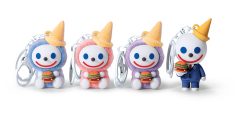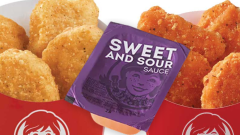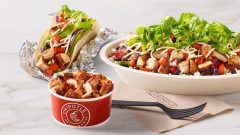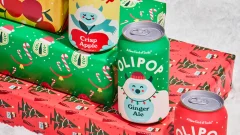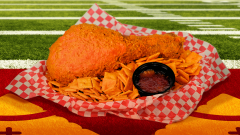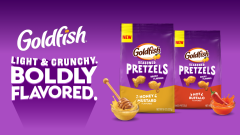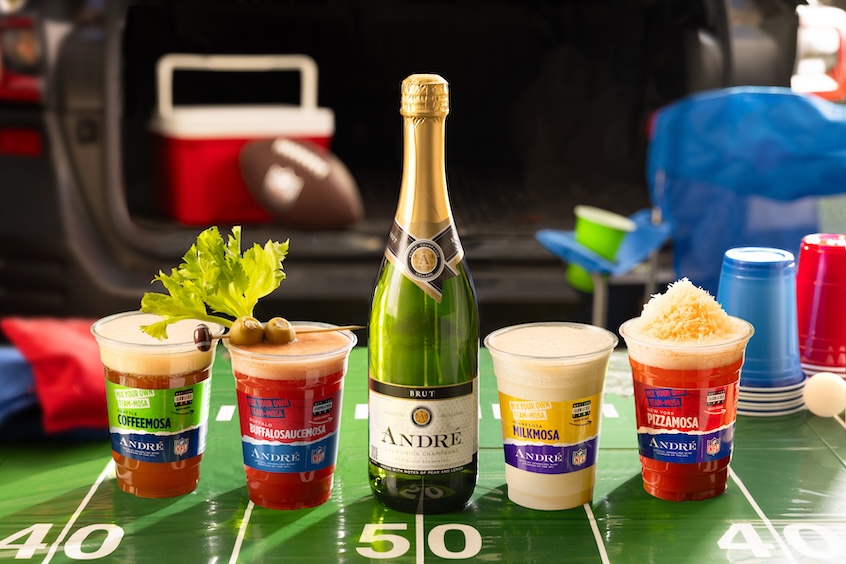Sorry USDA, But Your New Expiration Date Language Won’t Help Food Waste
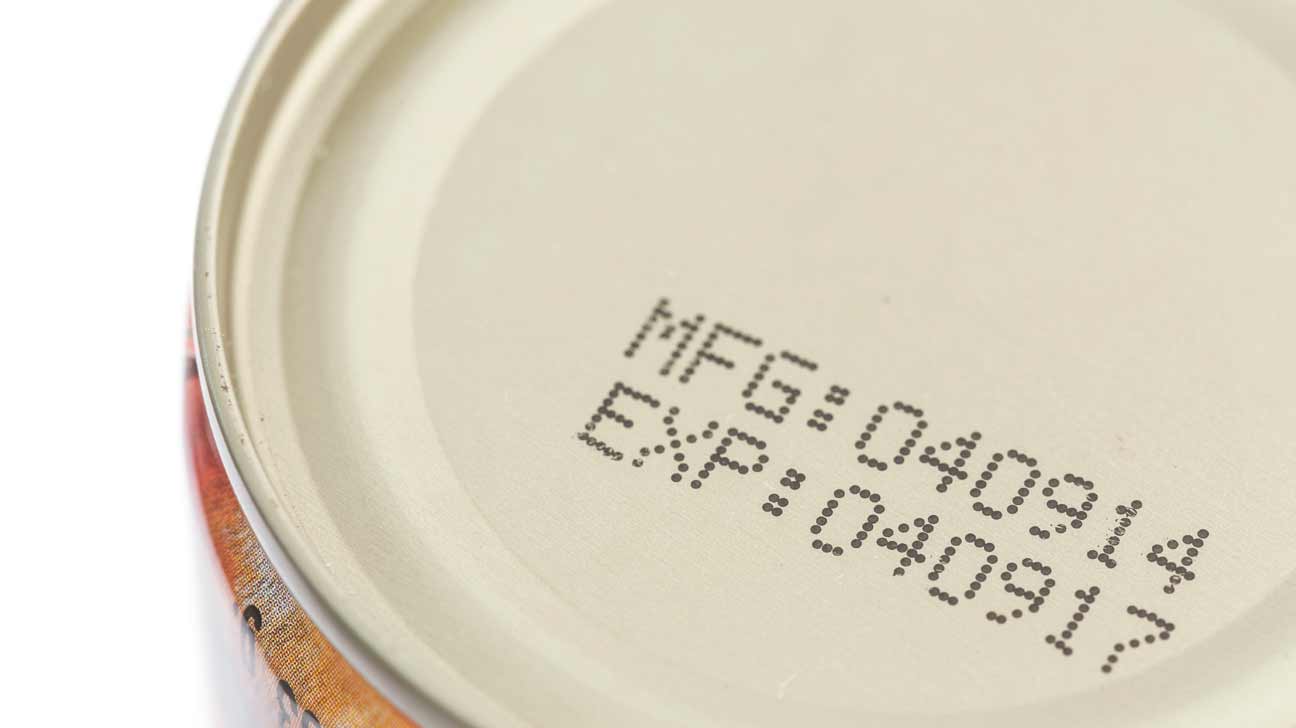
The USDA has finally come to the conclusion that something is wrong with the “use by” and “best by” labels on our food.
The agency’s Food Safety and Inspection Service (FSIS) released a sheet of new recommendations for “food dating,” as it’s called, regarding how these labels of food quality should be presented.
To note, there is no uniform labeling code for these food quality labels from the USDA. This leads to a variety of labels that manufacturers and retailers understand and know, which include “sell by” for when retailers should take the products off the shelves, and “best by” for when the product begins to lose quality characteristics like color, texture, flavor, or nutritional content.
These dates that are presented on labels lead to a huge misunderstanding with consumers, however. Often, they treat these dates as the true expiration dates for products, and if an item is past that date, they will toss it out accordingly. However, all products are still edible and of high-quality following these labeled dates. Milk can last up to a week after its “best by date,” for example, and canned goods are edible up to months beyond the dates on their labels as well.
This consumer misunderstanding is a huge reason for a lot of food waste issues, which accounts for a loss of roughly a third of the U.S. food supply every year, and includes half of our produce supply that totals out to $160 billion wasted by consumers annually.
The USDA wants to change the language on these labels to help give a clearer message to consumers about what will happen to their food after the date by using the words “best if used by” instead. According to the USDA, it’s an indication that the food is still usable and fine after the date on the label:
“To reduce consumer confusion and wasted food, FSIS recommends that food manufacturers and retailers that apply product dating use a “Best if Used By” date. Research shows that this phrase conveys to consumers that the product will be of best quality if used by the calendar date shown.”
These new labeling guidelines were drafted by the USDA in response to this growing food waste issue, and is part of the USDA’s commitment with the Environmental Protection Agency to cut food waste in half by 2030. These changes are well-intended and a good step by the USDA. However, based on these trends from above regarding the labels, it isn’t going to help with the food waste issue.
Consumers are still going to believe that these labels mean that the products are no longer good to eat after these dates, because having a “best by” or “best if used by” date indicates that the product will get worse afterward — something consumers don’t want to deal with. That language also won’t give consumers what they really want, which is a definitive ending date as to how long their products will last.
When the public understands exactly how long their food will last, they’ll be able to plan their meals and usage of products better, thus affecting the decrease of food waste for the better. These new recommendations on the language of the labels don’t improve enough to make that clear to consumers, however.
It’s a good first step, no doubt. But until specificity of product use timelines are established, it won’t change the attitudes of consumers in the ways the USDA hopes it will.






